|
*This post contains affiliate links. I receive small commissions for purchases made through these links at no extra cost to you. These commissions help me keep this site up and running, in order for me to keep providing helpful and inspiring art content. :) Would you like to start giving your art the time it deserves, but find it difficult with everything you have going on? Are you frustrated because your day-to-day responsibilities don't allow the time for activities that bring you joy and fulfillment? Follow your passion, be prepared to work hard and sacrifice, and, above all, don't let anyone limit your dreams.
-Donovan Bailey
In today's post, I'll be sharing eight useful tips that will help you make time for your art, even while having a crazy, busy schedule. These are things I set in place myself that allowed me to advance my art skills while working overtime at my last full-time position. By putting these tips to use and staying consistent, you'll be able to make steady progress towards your artistic goals, too. For me, becoming a full-time artist and making a living from my art/art skills didn't even register as an option until I was around thirty years old and having had worked high-stress full-time jobs for over ten years. It was only after I had spent all that time building up personal and professional skills (as well as having saved up enough money) that I finally allowed myself to consider creative entrepreneurship. For the longest time, I let my fears and limiting beliefs stop me from diving head-first into those activities that made me happier than anything I'd ever experienced. Not to mention, those jobs left me tired and completely drained of creativity. The last thing I wanted to do in my free time was focus, yet again, on another task. However, as time went by, it dawned on me that life is too short not to prioritize my dreams and take action now. I had already wasted too much time! It was then that I began absorbing all I could from other artists that were making a living from their art and doing those things I wanted to be doing. I decided to make my artistic growth a priority, no matter how tired I was from adulting and doing those things I had to keep doing in order to pay the bills and put food on the table. In time, people started showing their interest and wanted to buy my work, which led to a huge increase in confidence. This helped me move on to larger, more complex projects which led to even more opportunities. It was after this that I finally planned out how I would be leaving all those years of working at "normal" jobs. It was extremely scary, as full-time work was all I knew. But something inside me told me it was now or never, so I decided to go for it full-steam. This is what I've been doing for the last year and, even though I've been working non-stop day-in-and-day-out, it's the happiest I've ever been! I talk more in depth about how I prepared to leave my last full-time job in my blog post/YouTube video titled How I Left My Job and Became an Artistpreneur. I'm very, very thankful for the job opportunities that I have had in the past, as they allowed me to grow personally and professionally in so many ways. Honestly, if it wasn't for those jobs and the experience they provided, I don't think I'd have the skills and confidence to be doing what I'm doing today.
If you enjoyed this video and found it helpful, make sure to subscribe to my YouTube channel. I share a brand new video every week with art tips, drawing and painting tutorials and mindset/productivity tips for artists. *Subscribe HERE*
8 Tips to Progress Artistically Even While Being Incredibly Busy
1. Acknowledge (and embrace) that you're an artist/creative at heartGetting to know yourself and learning to love who you are is absolutely essential for anyone to be happy. If your creative spirit and art-making is what distinguishes you from others, embrace it. What's more, actually believe that you have it in you to become an artist if that's what you want and decide to give your true passions the importance they deserve. My greatest fear in life is reaching old age and regretting not having pursued my dreams as best I could. I may be idealistic, but I believe every single one of us was born for a reason, and it's through growing in that area that we're then able to inspire those around us and make an impact in the world. You may be in the same situation I was in, working full-time jobs that don't fulfill you or that have nothing to do with art, but think of these jobs as stepping stones that are allowing you to grow in different ways and are giving you the resources to live and develop yourself artistically while not having to worry that you won't be able to pay the bills. Be thankful for these opportunities but always keep your end-goal in mind, no matter what. 2. Prioritize your artistic growth and rearrange your current routinesTo make significant improvements in any area of our lives, it's essential to prioritize our goals, create plans and stick with them. Accept the fact that this will involve having to make certain sacrifices, but always remember that a year from now you'll be incredibly happy that you started today. As busy people with "regular" jobs, families to take care of, and all the responsibilities that come with being adults, we have to accept the fact that things are going to pop up that we have to take care of. However, focus on the things that you are able to control. You may not be able to change the fact that you'll be busy working 8-10 hours a day at your job, but you can certainly reduce the amount of time you spend watching t.v. or scrolling on social media on your off time. By scheduling in your art time there is a much greater possibility you'll actually do it. Depending on your personal situation, this could mean setting aside one hour three times a week after work to follow a tutorial on your topic of choice or perhaps waking up 30 minutes earlier so that you can do a quick sketch before going to work. If you absolutely can't find time during the week, then schedule in time on weekend mornings. Another huge thing that goes hand-in-hand with using your time wisely is the ability to say 'no' to those activities that aren't going to get you closer to your goals. I know how hard this can be for people-pleasers like myself, but it's imperative to establish clear boundaries with others and to be able to discern between activities (and even people) that are helpful, from the ones that may be a waste of time and energy. Here's a helpful video in which I share my best productivity tips for artists. Remember that time is the most valuable thing we have. One question I always as myself whenever I'm feeling like I'm wasting too much time is: Is this activity helping me improve my work, my health or the relationships I have with my loved ones? 3. Establish deadlines and goalsIn my blog post Time Management for Artists: My Secrets for Staying Consistently Productive I explain how I go about setting yearly goals in personal, professional and interpersonal areas in order to then chunk them down into clear, doable monthly objectives. I then divide those smaller monthly goals into even smaller chunks that must get done each week. Three examples of how to go about applying this in regards to artistic growth: a) Large goal: Complete an online art course in three months. Depending on the amount of modules/classes/assignments included in the course of your choosing, divide them into three "chunks" to be completed by the end of each month. Then, divide those chunks once again into 4 (number of weeks in a month) and schedule your to-do's each week. b) Large goal: Fill 12 pages of your sketchbook in one month. Complete 3 pages each week so that by the end of the month you'll reach your goal. c) Large goal: Get really good at drawing portraits by the end of the year. Set incremental goals each month starting with the fundamental knowledge you should understand and progressing onwards until you get to month 12. Ex. Month 1: Understand basic facial proportions and locations of facial elements within the head shape, Month 2: Drawing eyes, Month 3: Drawing noses, Month 4: Drawing lips, Month 5: Drawing heads in angles, and so on. I'm aware that this process might sound too constrictive or boring for free-flowing creatives out there. While I totally agree that it's incredibly important to stay flexible, if we don't establish deadlines, most of us tend to push things back to the point they never get done. We're constantly bombarded with distractions and it's important to stay focused in order to ensure we're moving the needle forward consistently, even if it's a tiny bit at a time. Access my masterclass on Goal-Setting and Time Management for Artists here. 4. Connect with others that share your same love for artBeing an artist can be lonely and not having other people to talk to that share your same wavelength can make things even harder. If you're lucky to have friends you can chat with or even create art with in person, treasure them and make sure you're scheduling in time to hang out every so often. It's so important to maintain connections with other people we can learn from and who'll inspire us to keep going! The Internet is such an invaluable tool, as it not only enables us to learn and improve our artistic skills through articles and videos, but we're also able to connect with other people all over the world that share our same passion for art. Even if you're in a situation similar to mine, in which you don't have many artists around you that you can hang out with in person, you can very easily meet other artists through social media, groups and art communities. Whether you create and/or share art with others in person, online or a combination of both, make sure you make time for brainstorming new ideas with others, as well as obtaining (and providing) feedback. Learning from more seasoned artists and participating in online art communities has helped me stay accountable and consistent, which has allowed me to progress my skills significantly in shorter periods of time. 5. Keep your art supplies handy Get in the habit of bringing a small sketchbook and a couple of drawing tools of your choice with you wherever you go. This way, you'll be able to progress your drawing and observational skills in free pockets of time throughout the day. I talk about the importance of sketchbooks and tips to make the most of them in my post Why Sketchbooks are Essential Tools for Artists. Aside from this, also place your art supplies somewhere where they'll be visible for you at home. Don't keep them locked away in a closet or drawer! By having them on hand, there is a much greater chance you'll actually remember to use them. 6. Never underestimate the power of quicker studies
|
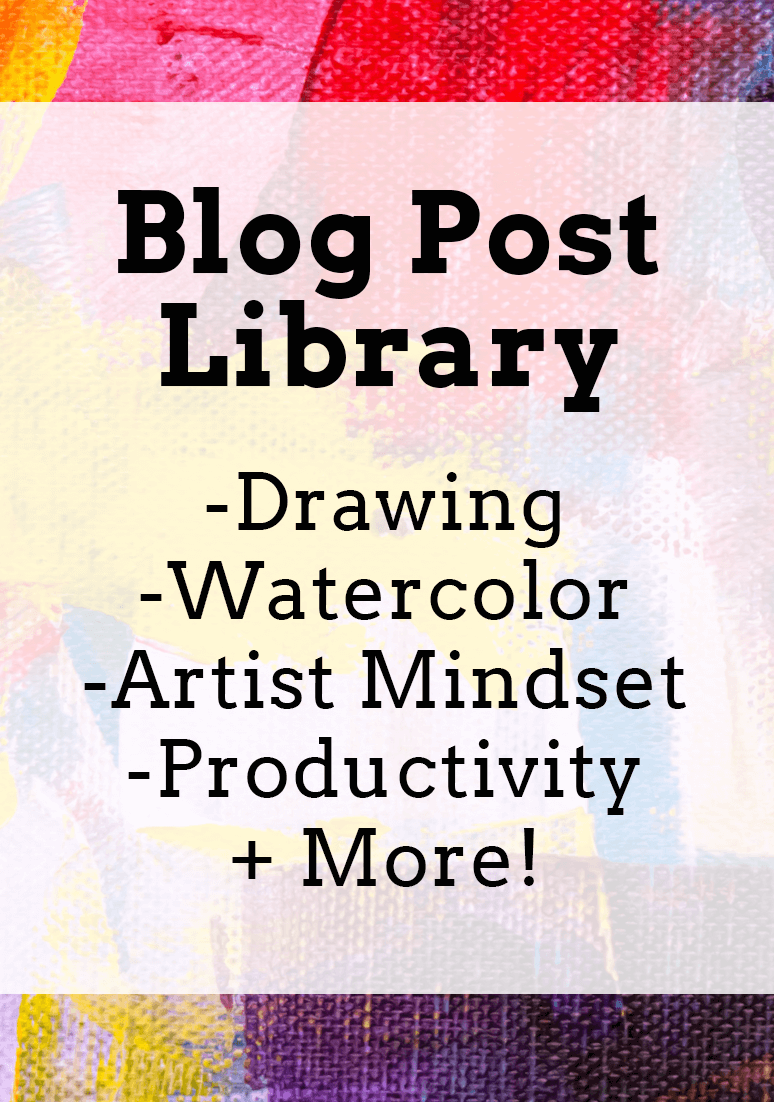
www.erikalancaster.com
is a participant in the Amazon Services LLC Associates Program, an affiliate advertising program designed to provide a means for sites to earn advertising fees by advertising and linking to amazon.com. www.erikalancaster.com is a participant in the Shareasale.com Affiliate Program, an affiliate advertising program designed to provide a means for sites to earn advertising fees by advertising and linking to Shareasale.com partner companies. |

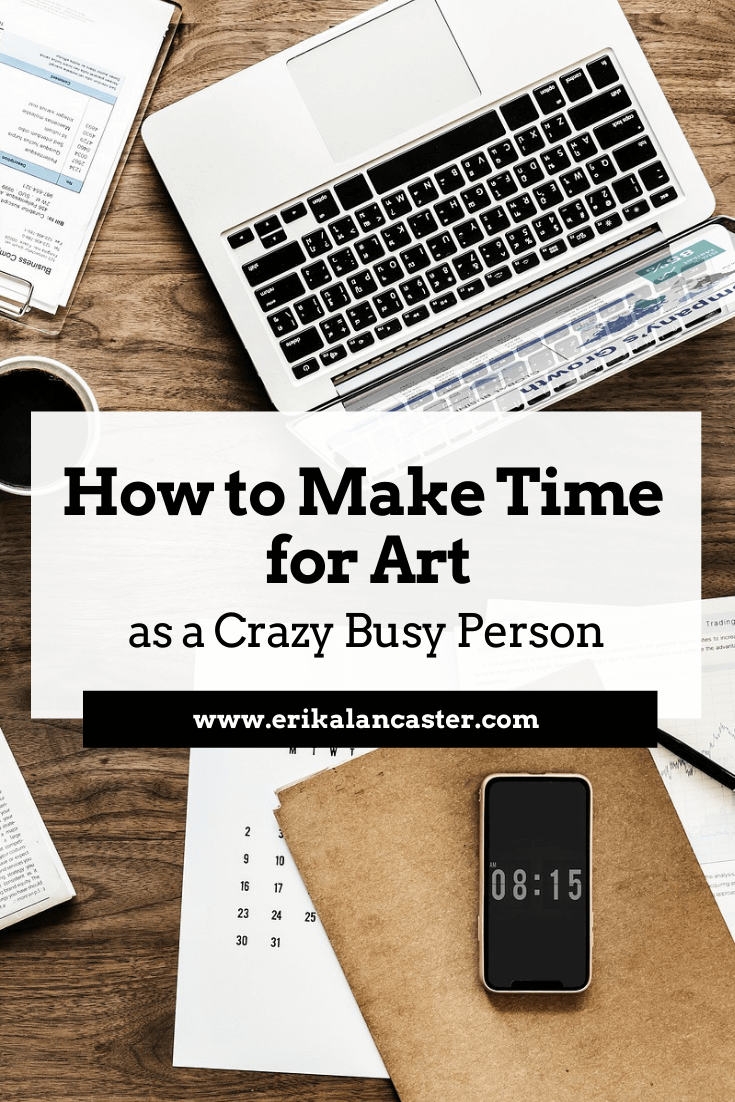
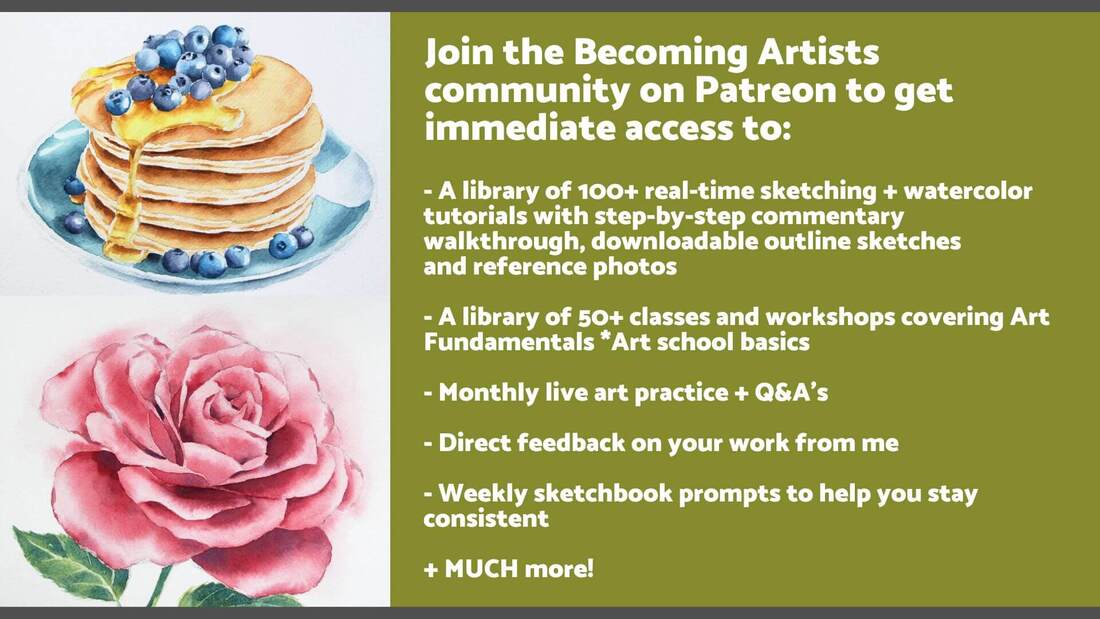
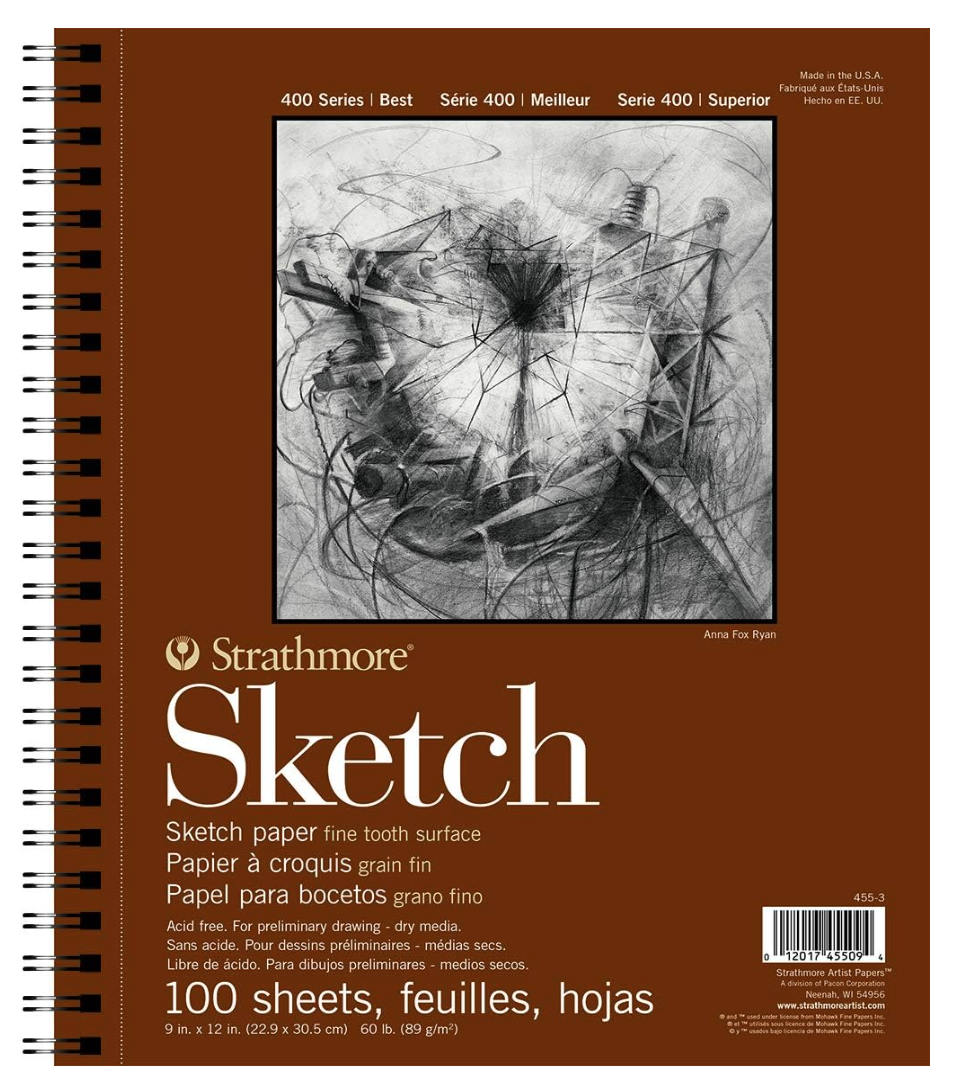
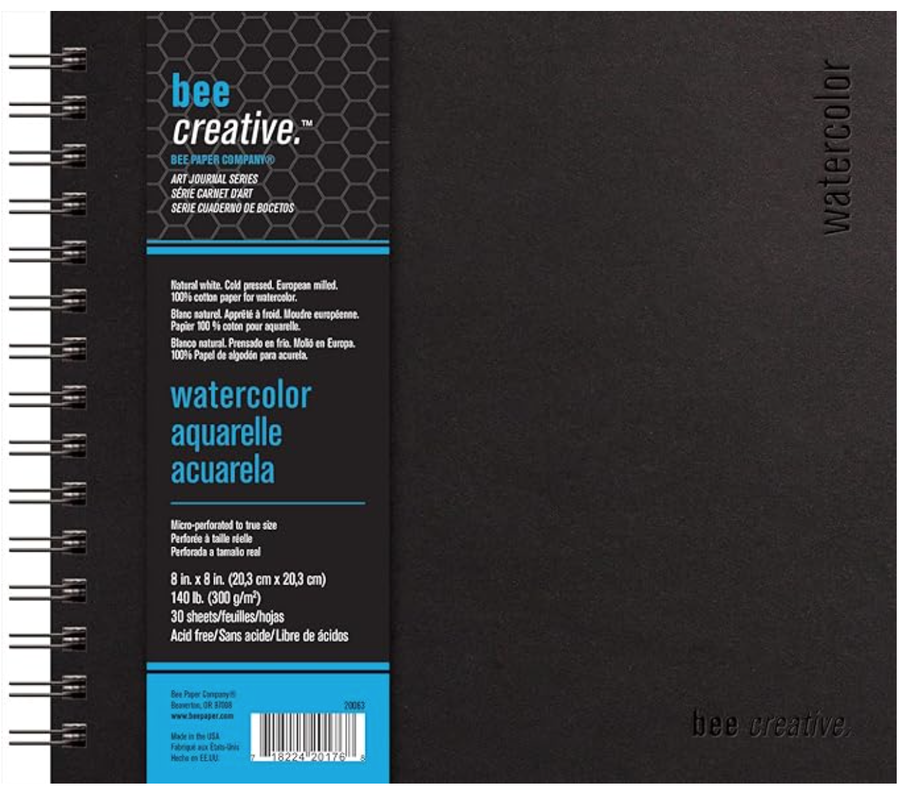
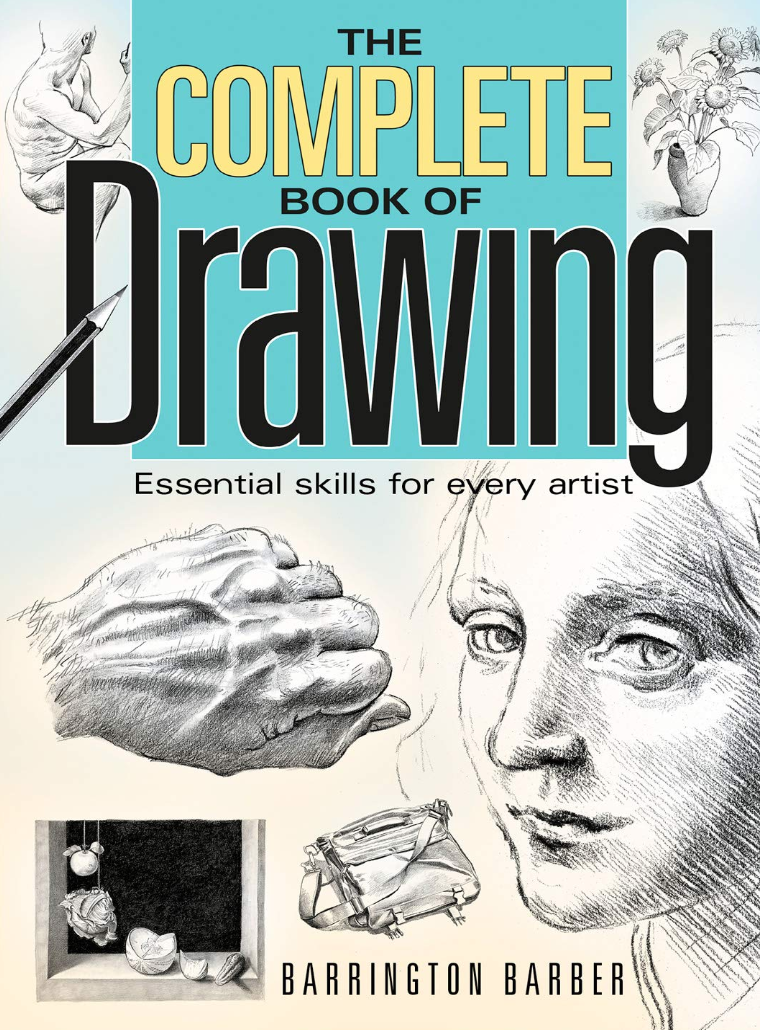
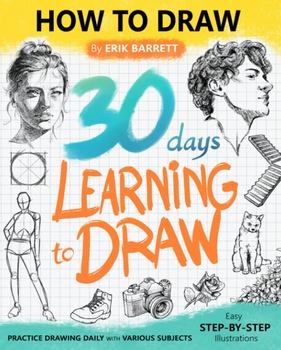
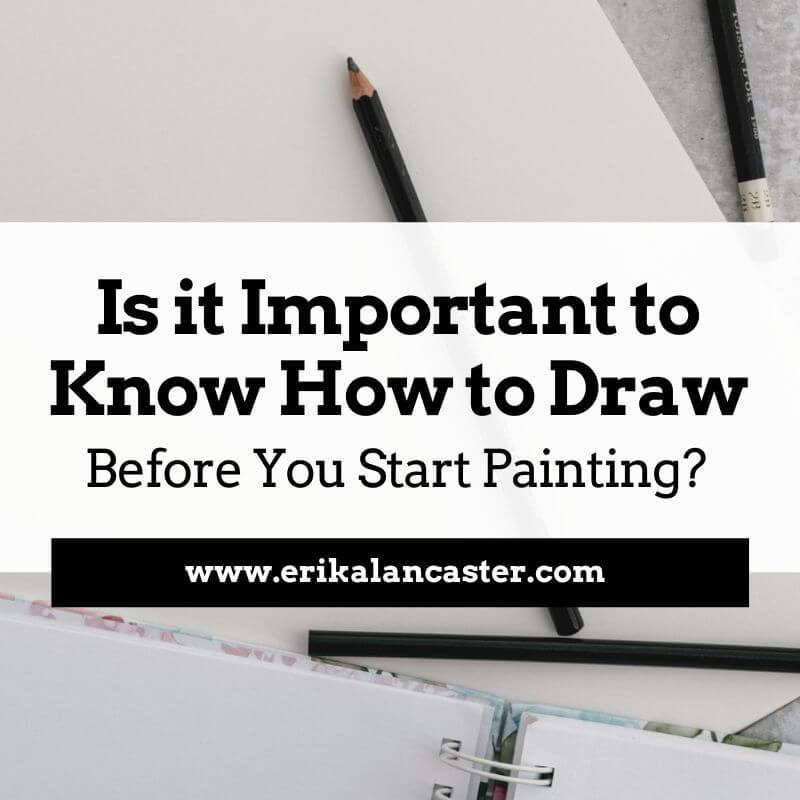
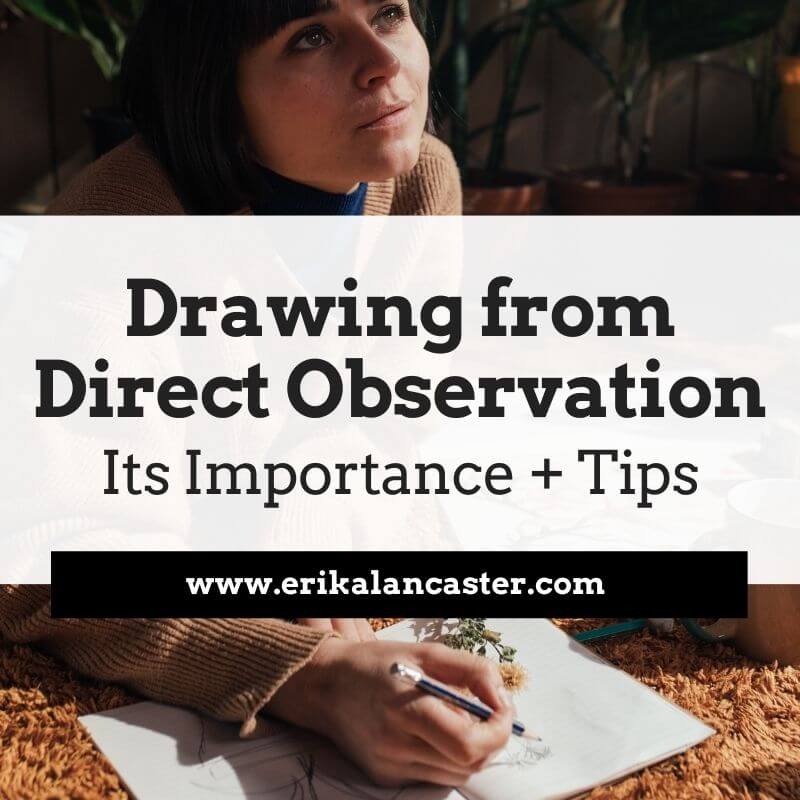

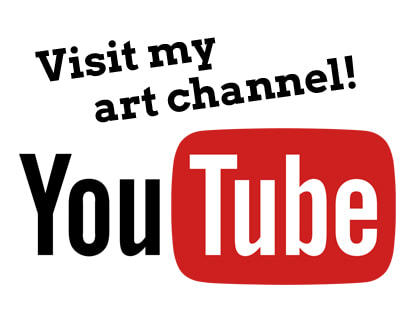
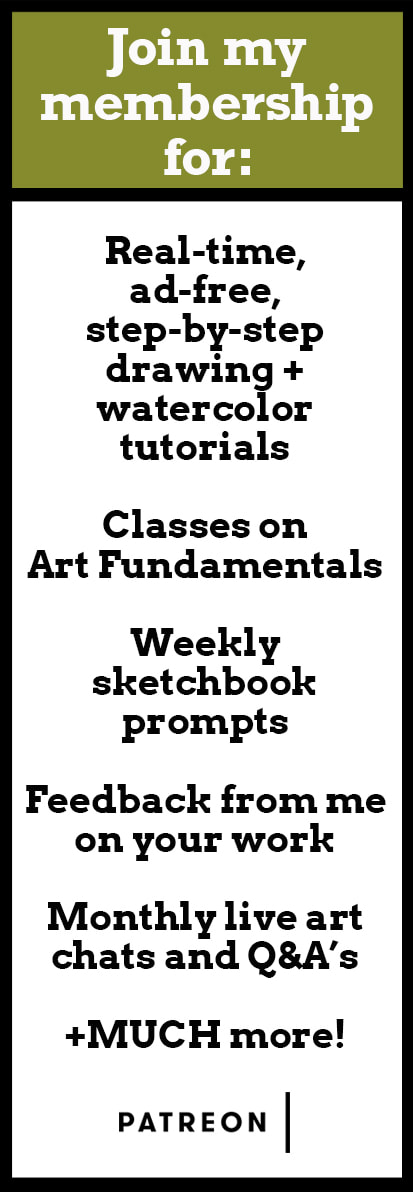
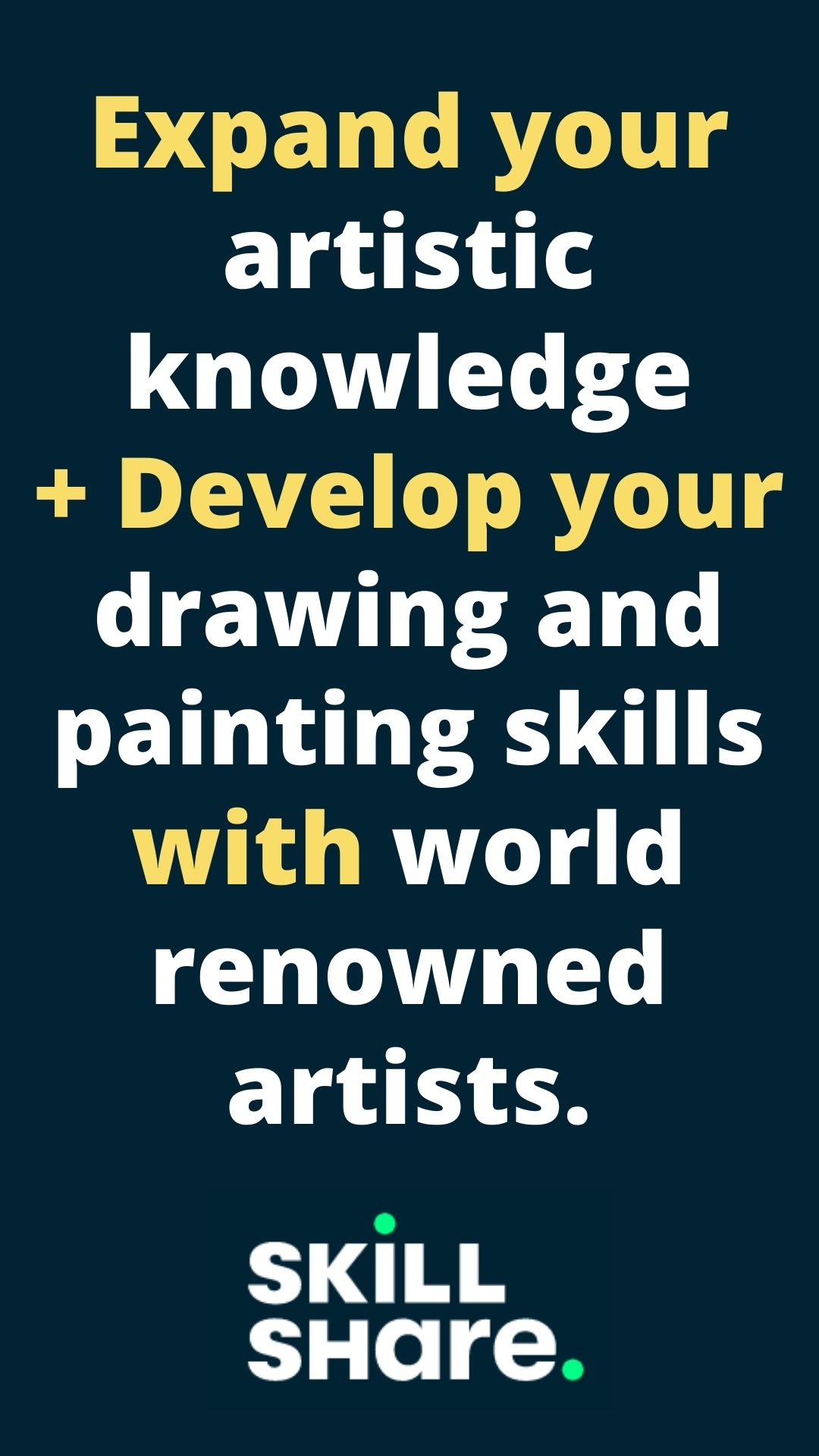

 RSS Feed
RSS Feed

